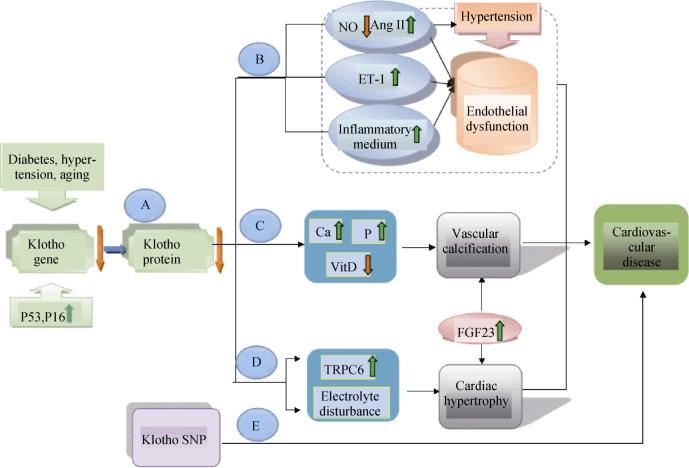Figure 1. Putative mechanisms by which Klotho and FGF23 result in cardiovascular diseases.
Main reasons for Klotho/FGF23 axis causing cardiovascular diseases are: vascular endothelial dysfunction, diffuse vascular calcification, and cardiac hypertrophy. Diabetes, hypertension, aging, and overexpression of P16 and P53 tumor suppressor proteins decrease klotho expression (A). Lower expression of klotho protein in humans reduces NO production and increases the level of ET-1 and inflammatory medium. These reactions can aggravate endothelial dysfunction (B). The klotho/FGF23 axis participates in vascular calcification, which is caused by deficiency of active vitamin D, hypercalcemia and hyperphosphatemia (C). Heart damage by lower expression of klotho is mediated by upregulation of TRPC6 and electrolyte disturbance. At the same time, higher level of FGF23 also separately affects cardiac structure and function (D). In addition, polymorphisms of klotho gene are associated with various cardiovascular events (E). Ang II: angiotensin II; ET-1: endothelin-1; FGF23: fibroblast growth factor23; NO: nitric oxide; SNP: single-nucleotide polymorphisms; TRPC6: transient receptor potential canonical6; VitD: vitamin D.

